
Photos by J Ruth and Haig Jacob
From J Ruth - Date: 12/8/02
John: Haig and I took these photos with my digital while exploring remote and uninhabited Santa Clara island in the South Pacific these past few weeks. I have been working a wreck there for some time but never attempted to land upon or climb the cliffs above the the island to examin the massive bird colonies I could see were up there. Since you are a bird man like myself, I know you will savor these shots, which, not to be conceited, are National Geographic quality.
Santa Clara Island, Ecuador
Santa Clara island is located 80 miles off the south coast of
Ecuador about 40 miles
north of Peru in the bay of Guayaquil and is uninhabited by man.
Two months
ago during the cold season, when I first went out there, there
were also
several hundred hump back whales schooling around the
place..Unfortunately I
did not have the digital camera along during the first trip and
only got
grainy conventional 35mm shots of the whales rolling and
sounding, often
within a 100 yards of us. At that time I climbed only half way to
the top of
the island, which is very dangerous, but saw enough that I was
resolved to
return with a real camera and photograph, climb and explore the
place
entirely. The other treasure and main reason for our going out
there is the
1681 Galleon wreck from which we have already recovered over
15,000 pieces of
eight and other artifacts. [See history at end of file.]

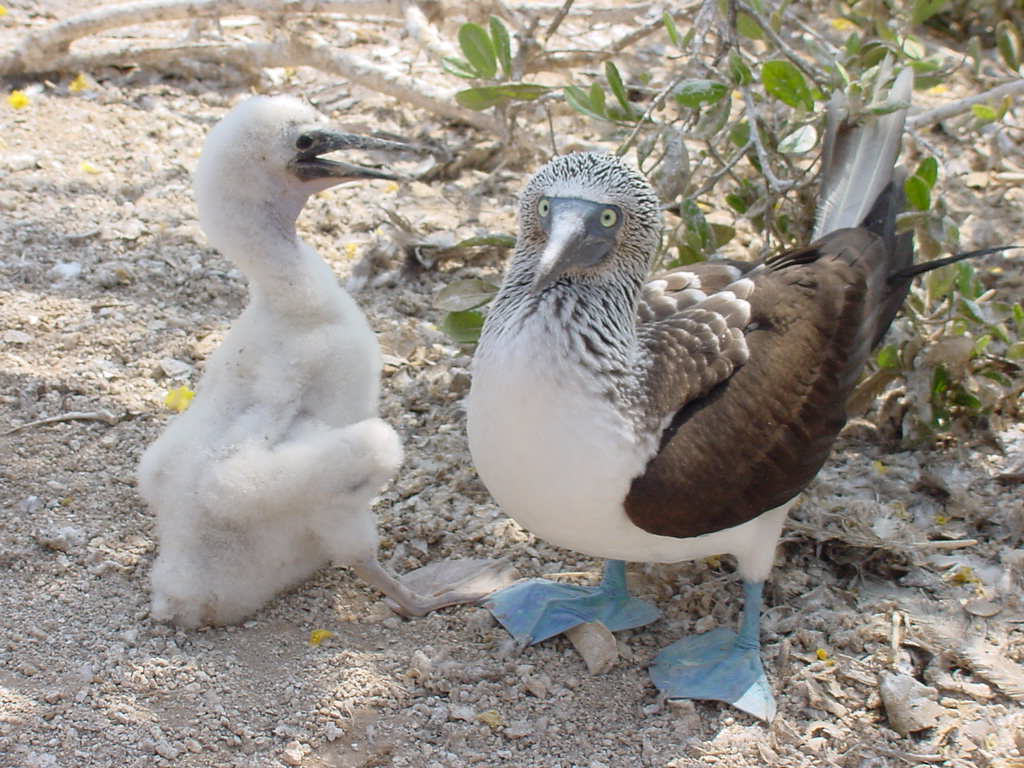
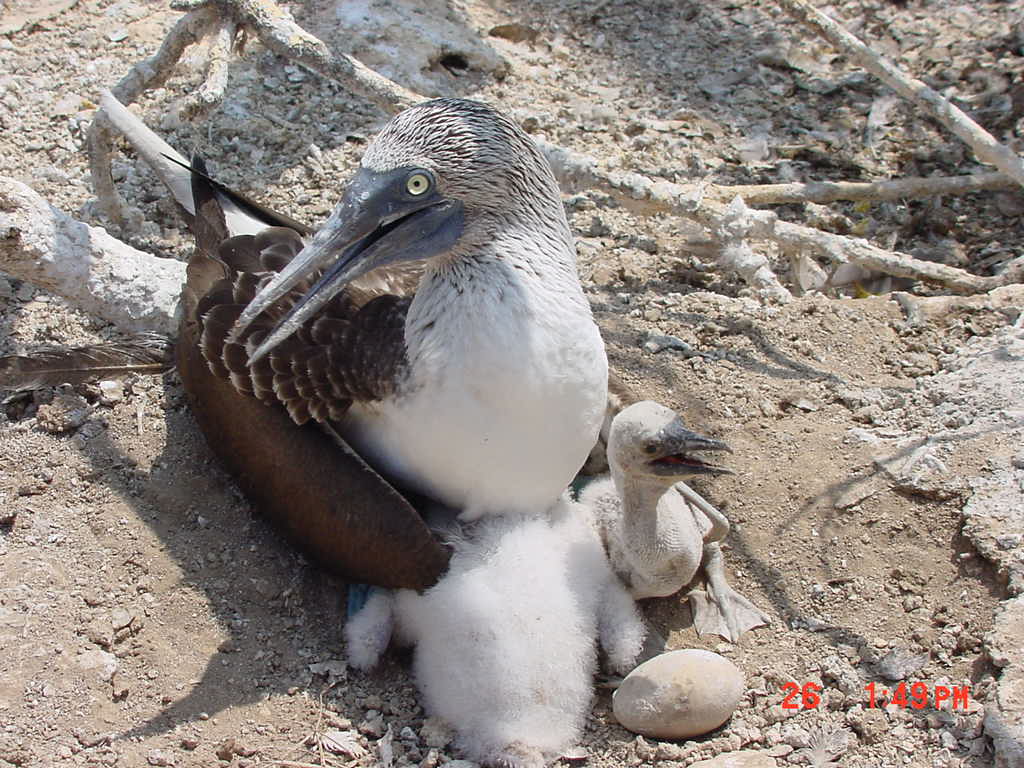
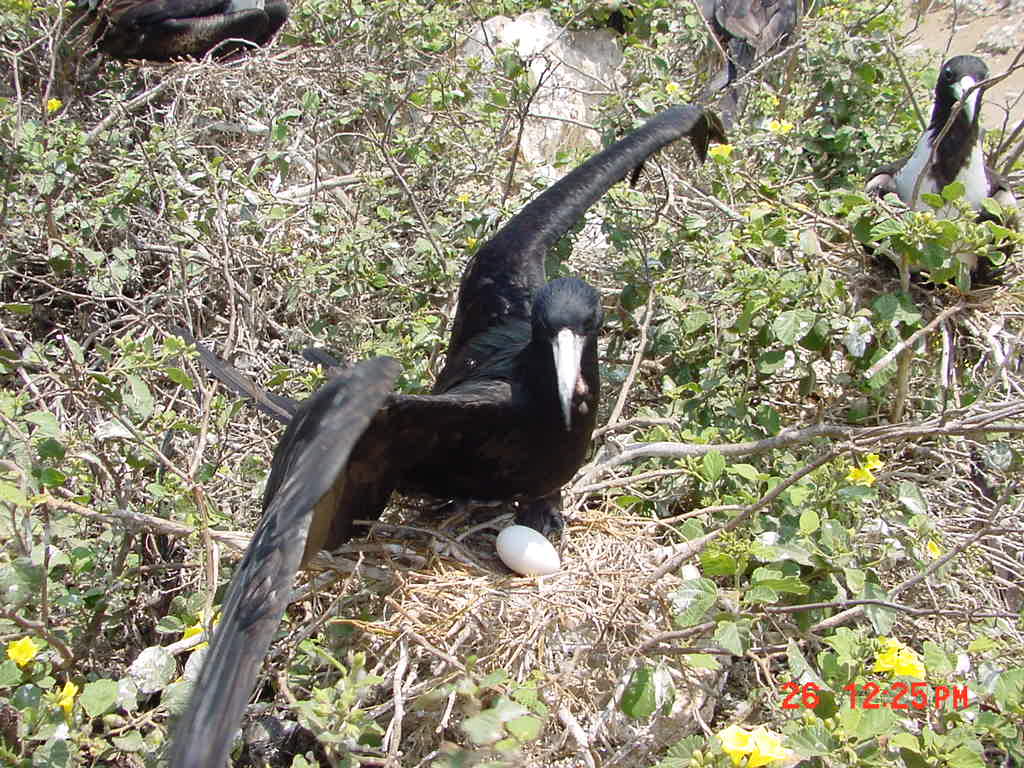
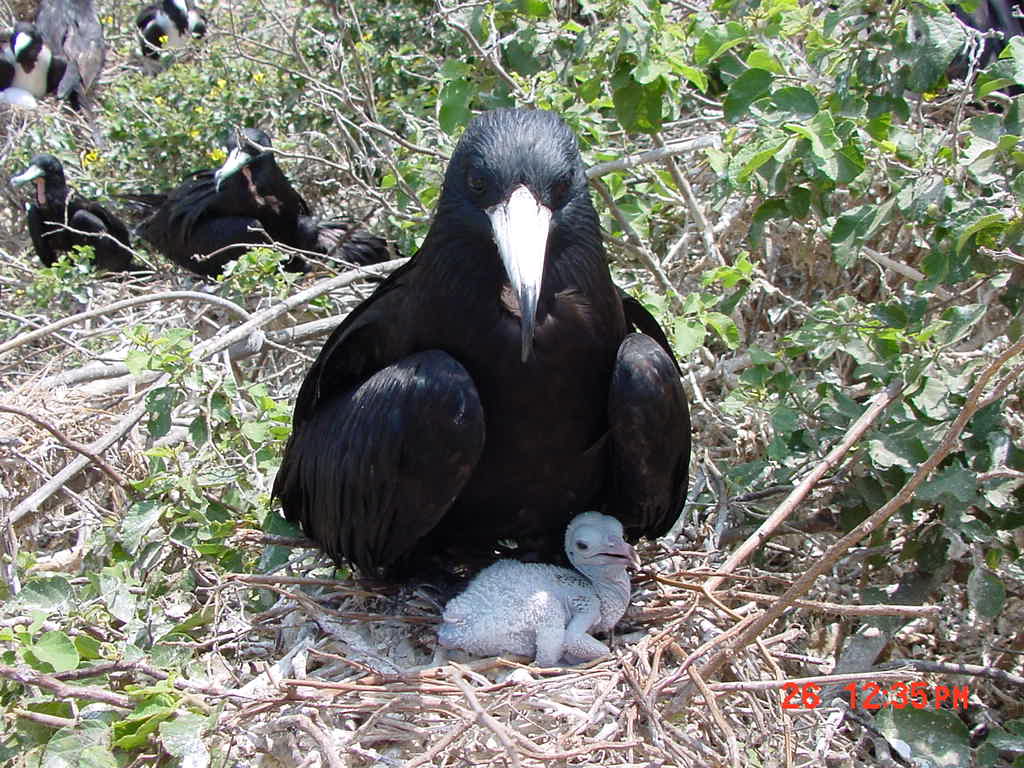
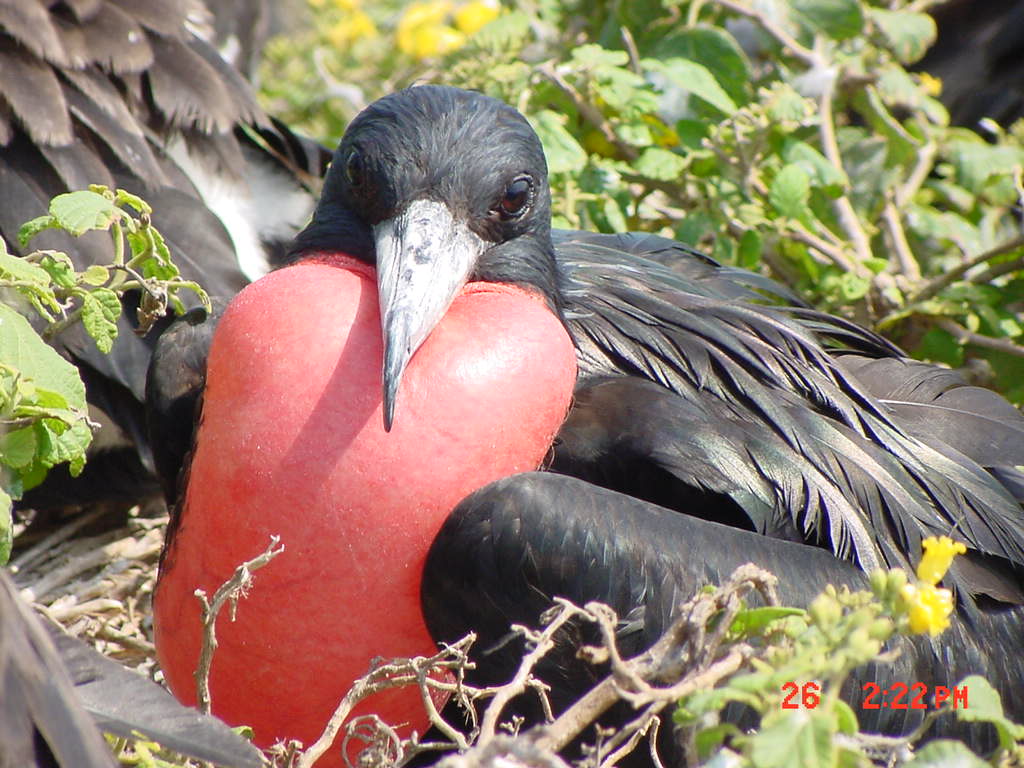



On the Consolacion
The Consolacion had been built three
years before in the shipyards at Guayaquil and it was rather
ironic that her end would happen very close to this area.
She was of 440 tons with 26 iron and bronze cannon and a crew of
147 men - both officers and seamen. Her captain was Juan de
Lerma and her owner was Francisco de Valles. She had an
uneventful voyage until she was near the entrance of the Gulf of
Guayaquil, when the lookout spotted six larger pirate vessels
(Spanish version) commanded by Captain Bartholomew Sharpe bearing
down on them. English sources all Claim Sharpe only had two
small vessels. Captain Lerma first altered course and
attempted to reach safety in Guayaquil. But finding that the
"DEVIL PIRATES" were gaining on his ship he attempted
evasive action near the desolate Santa Clara Island, which was
later dubbed "Isla Muerte". While nearing that
island his ship struck upon a reef or some rocks and began to
sink. After striking the bottom the officers, passengers
and crew quickly entered various small boats and after setting
fire to the Galleon to prevent the capture of the treasure,
headed for the nearby rocky island. Sharpe's men were in
hot pursuit, especially angry because the Spaniards had set the
ship on fire, and managed to capture many of the crew and
passengers. They became even more furious when they learned
of the Galleons cargo and what they had missed seizing.
After beheading the prisoners they tarried about in the area for
several days and forced several indigenous fisherman to try and
recover some of the treasure. It was all in vain as they
only were able to pull up some sails and rigging. They then
abandoned their effort.
Some months later the Spanish Colonial authorities attempted a
salvage operation. First they used divers from the pearl
beds off Panama, but due to nil visibility they were unable to
find anything, and after one of the divers was devoured by a
large shark, this method of recovery was abandoned. They
then tried dragging fish nets but nothing of note could be
found. The site of the shipwreck was then abandoned and lay
forgotten for 320 years until modern searchers discovered it in
1998. Two modern day divers have given their lives in the search
and recovery of this treasure. This historical data was obtained
from archives in Seville, Madrid, Lima and London by Marine
Historian Robert F. Marx.
The following is a picture of some of the treasure recovered, including a bronze signal cannon, broken olive jars, bronze spike and coins.

* * * Back to the Home Page of John "Birdman" Bryant, the World's Most Controversial Author * * *